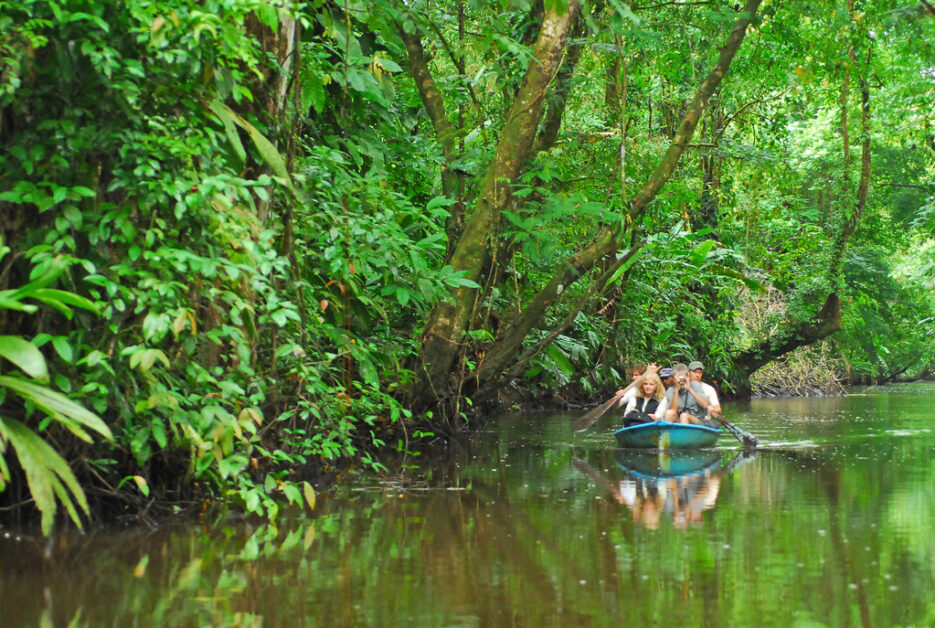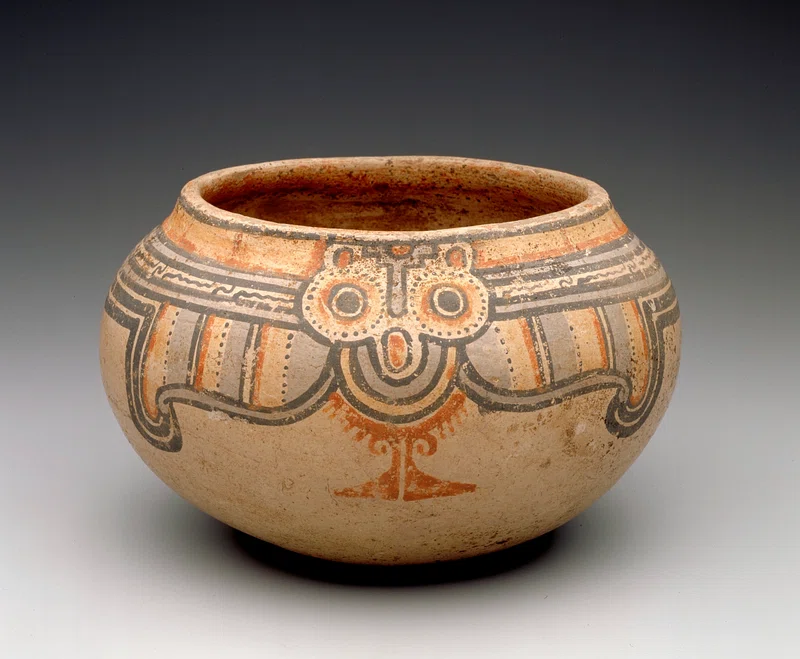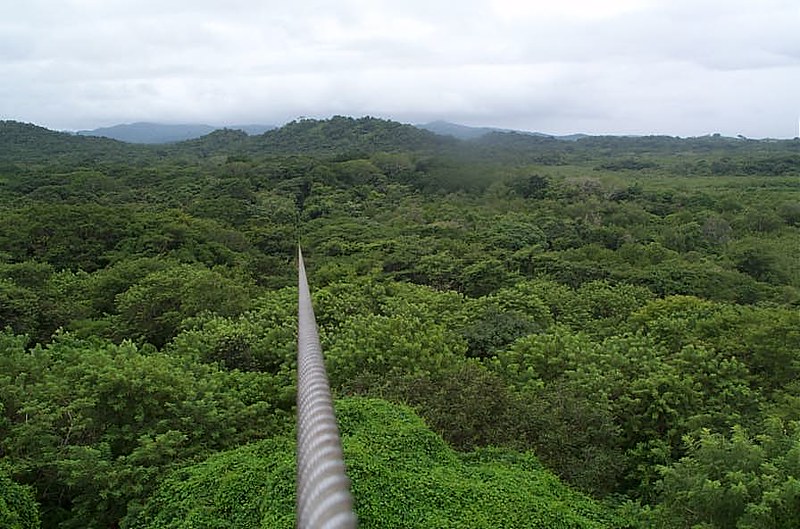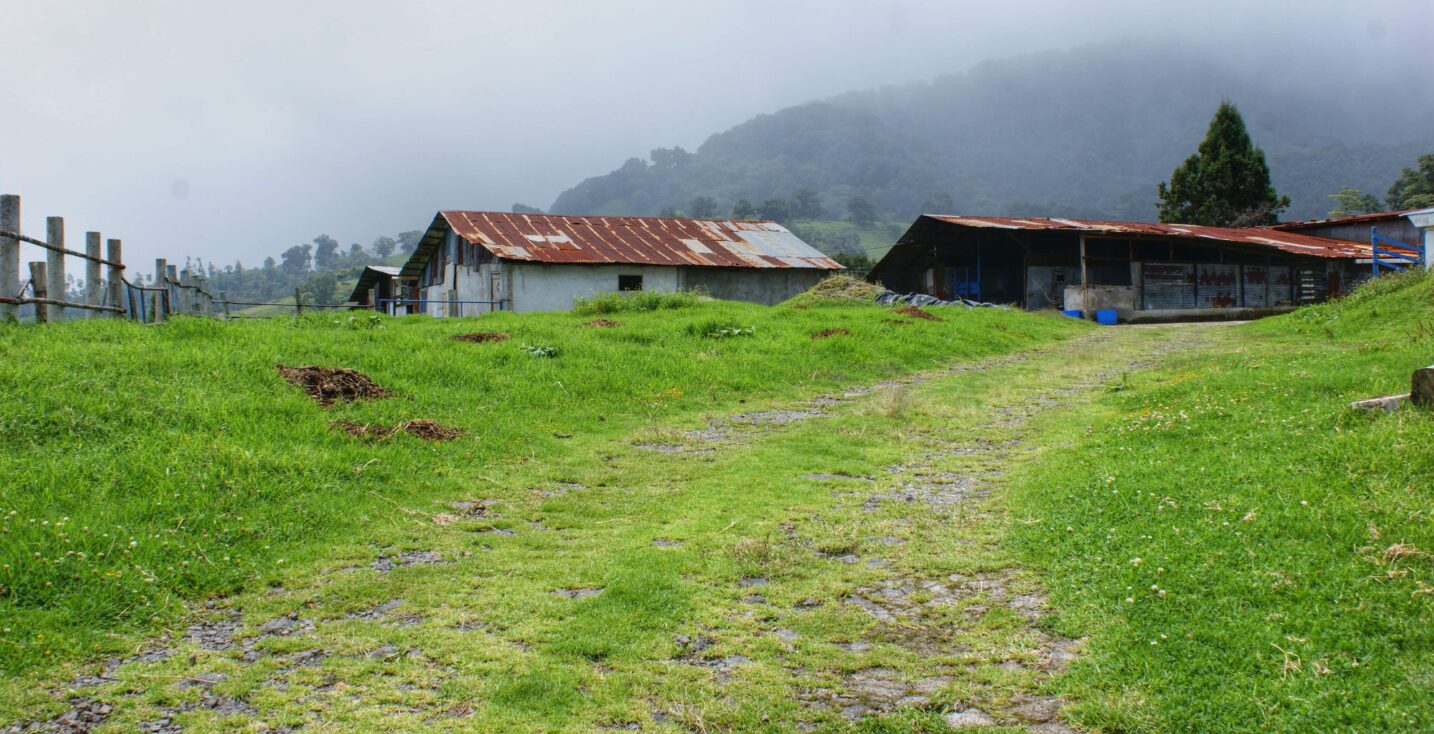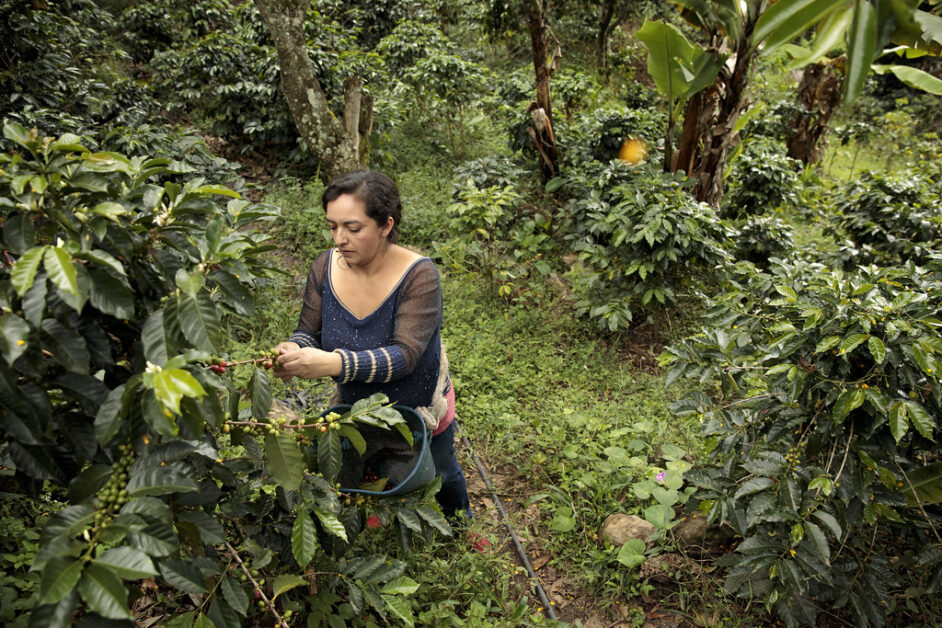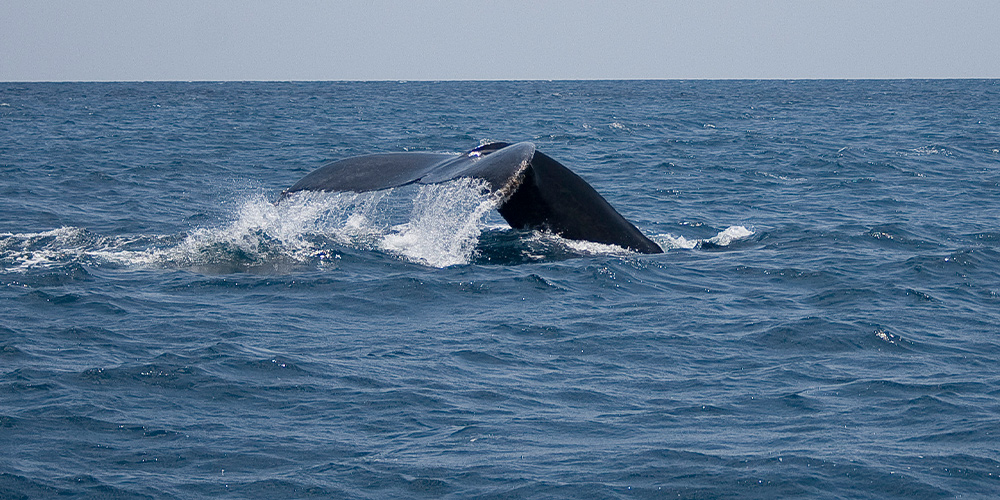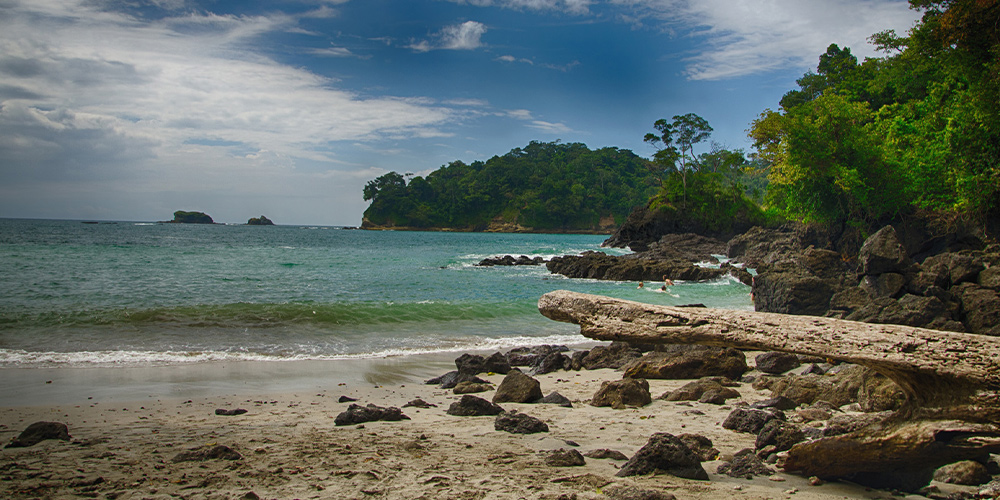The “Immersed in Change” forum is one of the most relevant diplomatic events in the world when it comes to environmental policy. The 2024 edition was hosted by a country celebrated by its trailblazing commitment to ecological consciousness: Costa Rica.
The event serves as a precursor to the crucial United Nations meeting in France in 2025, and brought together delegations from 50 countries to tackle the pressing issue of ocean wellbeing. As such, the main slogan for the event was a “peace declaration” for the environment.
Over two intensive days, participants engaged in debates, calls to action, and presentations of successful initiatives, sharing knowledge to drive collective action. The final declaration from this forum calls for transformative ocean actions that support nature-positive economies, leveraging the best available science, traditional knowledge, and innovation available.
Costa Rica’s initiative serves as a foundational framework for the discussions at the III United Nations Ocean Conference (UNOC) in June 2025 in Nice, which is co-organized by France and the small Central American nation.

The urgency of Costa Rica’s mission is palpable in its declaration, where emphasis on how the ocean can no longer endure humanity’s mistreatment and indifference, and the championing of sustainable uses of marine resources was at the core.
Other key topics at the forum included governance, global warming, fishing, and marine biodiversity, all aimed at informing decisions to be made in France. A significant focus was on the ratification of the High Seas Protection Treaty, signed in 2023 by over 70 countries. This binding agreement seeks to protect ocean areas beyond national jurisdictions, with the creation of marine protected areas as a pivotal tool.
Currently, only about 1% of the high seas are under conservation measures, so much work needs to be done to safeguard biodiversity and align with the Sustainable Development Goals (SDGs) of the Paris Agreement, set to be achieved by 2030. The declaration of peace for the ocean commits to protecting or conserving at least 30% of marine and coastal areas by the year in question.
The “Immersed in Change” forum has set a vital precedent for ocean protection, with Costa Rica leading the charge towards a healthier, more sustainable relationship with our oceans.




